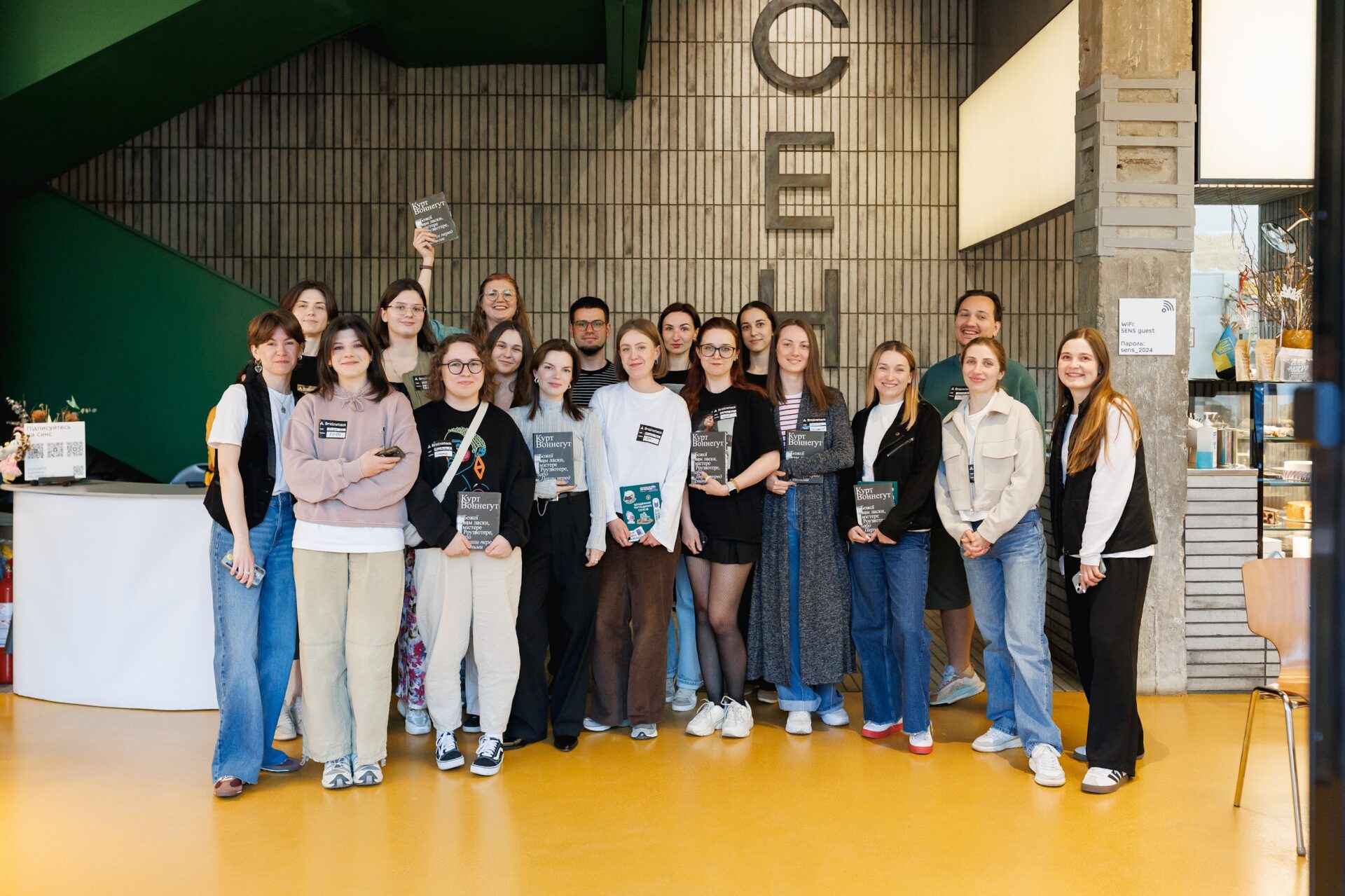Talent retention, development, and engagement have long moved beyond salary and bonuses. According to a Gusto survey, 90% of employers and 84% of employees consider workplace community development a crucial factor in company success. People need to feel they belong among “their own” not just in Slack chats, but also in after-work environments.

The good news is that any business can build interest-based communities without requiring a large budget or significant time investment. The key is finding what genuinely interests the team (not just top management) and designing activities that inspire rather than feel like an additional burden.
The product IT company Brainstack successfully runs three interest-based clubs: running, book, and cooking. They know how to unite a large team around shared activities while developing analytical thinking and communication skills together. Here are the core principles for creating and maintaining communities that will benefit any business.
At Brainstack, interest clubs emerged organically. Initially, the company hosted various activities to support mental health — from workshops to sports events. By analyzing attendance and conducting regular surveys, they identified the areas that truly resonated with employees.
A prime example is the running club. Brainstack has always actively participated in city races and charity marathons, gathering teams for group events. It turned out that many employees were genuinely passionate about running and achieved impressive results. When they needed more structured training to prepare for specific marathons, the company brought in professional coaches — and the running club was born.
The book and cooking clubs followed a similar path, each grounded in real team interests.
Tip: Before launching a club, survey your team about their interests and test out a few trial activities in different directions to gather real feedback.
A corporate interest club differs from random entertainment initiatives through thoughtful strategy that reflects company values. At Brainstack, each club has its purpose and supports the development of competencies required for professional growth.
For example, the running club reinforces the company value of results focus. Participants set specific goals — running 5 km in a certain time, participating in a half-marathon, improving personal records. They follow a training plan from a professional coach and systematically track progress.
The book club develops team expertise. Monthly book discussions foster deep analysis, critical thinking, and the ability to formulate and argue positions. Participants don’t just read — they learn to debate, ask questions, and exchange ideas.
The cooking club helps colleagues demonstrate adaptability. Cooking requires flexibility: ingredient substitutions, recipe adjustments, adaptation to local conditions. This is especially relevant for employees abroad who learn to improvise and find creative solutions in different circumstances.
One of the biggest challenges today is connecting employees across different countries. To address this, include both offline and online participation options so that everyone can join.
Fortunately, there are now plenty of modern technologies for creating shared experiences even at a distance.
In Brainstack’s running club, all competitions can be completed online by running the distance from anywhere in the world. The coach creates training plans, participants complete them at convenient times, and send reports from fitness trackers to the group chat.
The book club regularly meets on Zoom to discuss the book of the month under a moderator’s guidance. The cooking club organizes masterclasses with professional culinary schools, where each participant receives a prepared ingredient kit and cooks together with others in real-time.
Depending on your club format, you can also conduct Zoom discussions, launch quizzes through Kahoot!, track training success through sports apps, or organize creative workshops with materials delivered home.
Never make club participation mandatory or a loyalty indicator. Create an atmosphere where people want to join voluntarily rather than feel pressured. Remember that after-work activities should bring joy, not stress.
At Brainstack, they’re relaxed about some participants not being active in chats. Everyone has different personalities and workloads, so demanding 100% activity would be wrong. The main thing is to continue supporting community interaction.
In each club, there are cases where participants didn’t respond in chats but then participated in competitions and showed great results, appeared at offline book discussion meetings, and prepared masterpieces in the kitchen.
Working on interest clubs is an ongoing process. Regularly collect feedback from the team about what they’d like from existing communities and which directions to develop further. Be ready to adapt formats and add new activities according to team needs.
For example, Brainstack is currently considering launching new clubs in sports and creative directions. Perhaps it will be a yoga club for improving physical health and mental resilience.
Interest-based clubs can be a powerful tool for boosting engagement, but only with a thoughtful approach. Build them around genuine employee interests, ensure proper support, and stay flexible. Done right, these initiatives become more than just after-hours entertainment — they evolve into drivers of team development and a stronger corporate culture.
Talent retention, development, and engagement have long moved beyond salary and bonuses. According to a Gusto survey, 90% of employers and 84% of employees consider workplace community development a crucial factor in company success. People need to feel they belong among “their own” not just in Slack chats, but also in after-work environments. The good […]
https://itcluster.lviv.ua/wp-content/uploads/2025/08/knyzhkovyj-klub-2.jpg